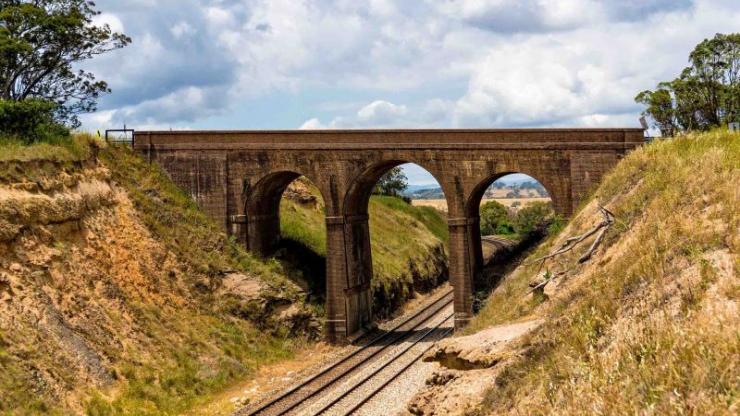The project will develop autonomous drone technology to inspect the arches, particularly the inner curve where access is limited.
Drones will collect images autonomously under the arches and then carry out automatic analysis to detect defects in the structure. The aim is for defects such as cracks, spalling, water seepage, insufficient mortar, misalignment and crushing to be examined and identified for remedial work.
“Our work will initially focus on developing the drone technology that can navigate itself using proximity sensors and webcams,” said Dr Mustafa Suphi Erden. “These will allow the drone to control itself from one edge of the arch to the other through a horizontal line and turn back to follow a parallel path on another horizontal line. This level of accuracy, including maintaining an accurate distance from the surface of the arch, means every inch of the arch will be inspected in detail. We will then develop a machine learning algorithm to inspect the collected images and to detect a pre-identified set of hazards in the brickwork of the bridges.”

“The rail industry is only just starting to get to grips with what robotics and autonomous systems applications have to offer,” said RSSB senior partnerships and grants manager Giulia Lorenzini. “It’s great to be working with a leading research institution in the field so that our members in rail can see evidence of the technology’s potential in a functioning, practical way.”



